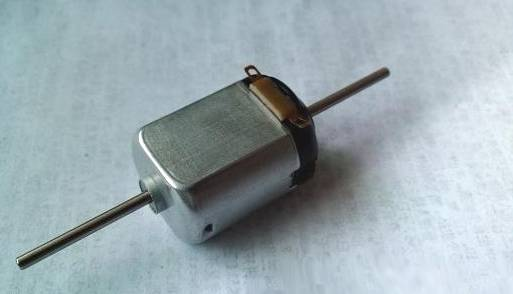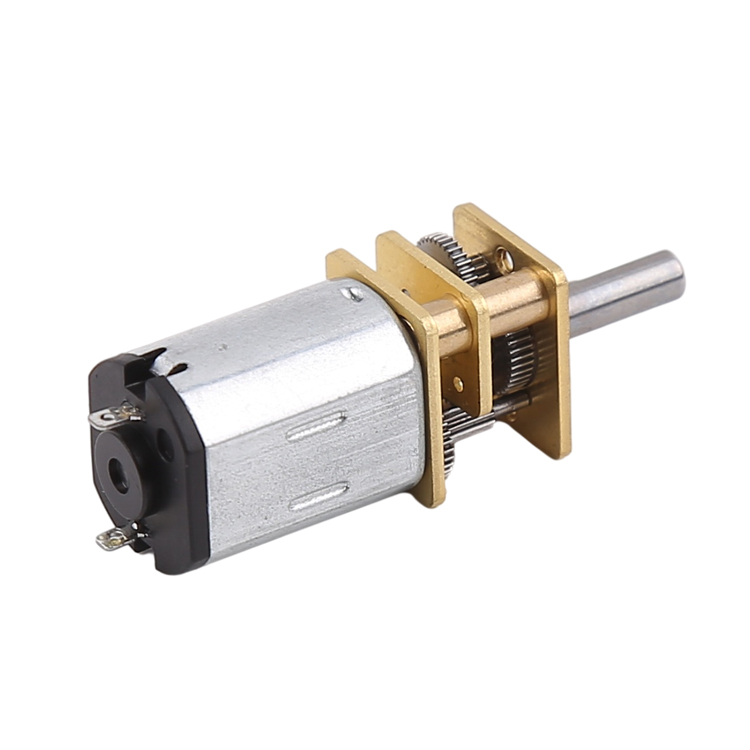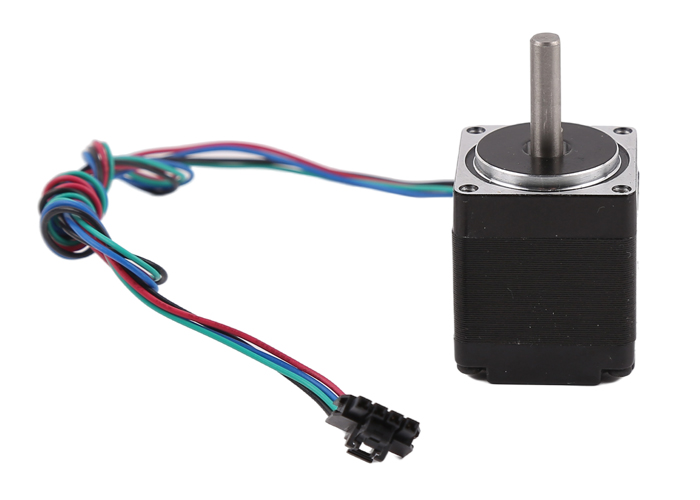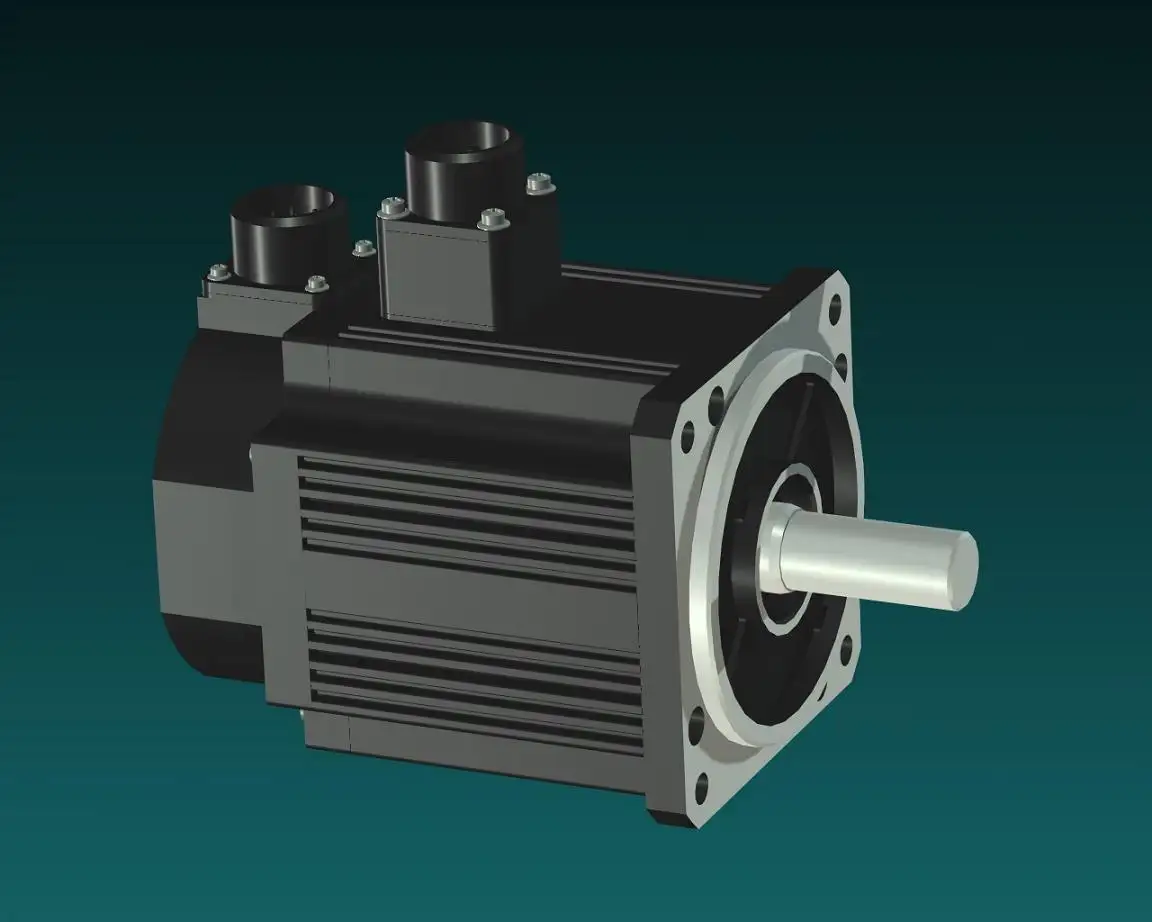Mae'r erthygl hon yn trafod yn bennafmoduron DC, moduron wedi'u gêrio, amoduron camu, ac mae moduron servo yn cyfeirio at ficro-foduron DC, yr ydym fel arfer yn dod ar eu traws yn bennaf. Dim ond i ddechreuwyr y mae'r erthygl hon i siarad am y gwahanol foduron a ddefnyddir yn gyffredin i wneud robotiaid.
Mae modur, a elwir yn gyffredin yn "fodur", yn ddyfais electromagnetig sy'n trosi neu'n trosglwyddo ynni trydanol yn ôl deddfau anwythiad electromagnetig. Cynrychiolir modur trydan, a elwir hefyd yn fodur, yn y gylched gan y llythyren "M" (yr hen safon oedd "D"). Ei brif swyddogaeth yw cynhyrchu trorym gyrru fel ffynhonnell pŵer ar gyfer offer neu wahanol beiriannau, a chynrychiolir y generadur gan y llythyren "G" yn y gylched.
Modur DC Miniature
Modur DC bach yw ein moduron gwastad amser mwy, teganau trydan, raseli, ac ati y tu mewn. Mae gan y modur hwn gyflymder rhy gyflym, mae'r trorym yn rhy fach, fel arfer dim ond dau bin, gyda'r batri positif a negatif wedi'u cysylltu â'r ddau bin yn troi i fyny, ac yna bydd y batri positif a negatif ac yna bydd gwrthwyneb y ddau bin sydd wedi'u cysylltu â'r modur hefyd yn troi i'r cyfeiriad arall.

Moduron DC bach ar geir tegan
Modur Micro-Gêr
Modur geriad bach yw modur DC bach gyda blwch gêr, sy'n lleihau'r cyflymder ac yn cynyddu'r trorym, gan wneud y modur bach yn cael ei ddefnyddio'n fwy eang.

Modur wedi'i wneud â gêr micro
Modur Stepper Micro
Mae modur stepper yn ddyfais modur stepper elfen reoli dolen agored sy'n trosi signalau pwls trydanol yn ddadleoliadau onglog neu linellol. Os nad yw'n orlwytho, dim ond ar amledd y signal pwls a nifer y pylsau y mae cyflymder a safle stop y modur yn dibynnu, ac nid yw newidiadau yn y llwyth yn effeithio ar y modur. Pan fydd gyrrwr y stepper yn derbyn signal pwls, mae'n gyrru'r modur stepper i droi ongl sefydlog i'r cyfeiriad a osodwyd, a elwir yn "ongl gam", ac mae ei gylchdroi i ongl sefydlog. Gweithrediad cam wrth gam yw'r un. Gellir rheoli nifer y pylsau i reoli faint o ddadleoliad onglog, er mwyn cyflawni pwrpas lleoli cywir; ar yr un pryd, gellir rheoli amledd y pwls i reoli cyflymder a chyflymiad cylchdro'r modur, er mwyn cyflawni pwrpas rheoleiddio cyflymder.

Modur Stepper Micro
Modur servo
Mae servo yn dibynnu'n bennaf ar bylsys ar gyfer lleoli, yn y bôn, gallwch ei ddeall fel hyn, mae'r modur servo yn derbyn 1 pwls, bydd yn cylchdroi 1 pwls sy'n cyfateb i'r ongl, er mwyn cyflawni dadleoliad, oherwydd, mae gan y modur servo ei hun y swyddogaeth o anfon pylsys, felly bydd y modur servo yn anfon y nifer cyfatebol o bylsys ar gyfer pob ongl cylchdro, fel bod, ac mae'r pwls a dderbynnir gan y modur servo yn ffurfio adlais, neu ddolen gaeedig, yn y modd hwn, bydd y system yn gwybod faint o bylsys sy'n cael eu hanfon at y modur servo a faint o bylsys sy'n cael eu derbyn yn ôl ar yr un pryd, fel y gall reoli cylchdro'r modur yn fanwl iawn a thrwy hynny gyflawni lleoli manwl gywir, a all gyrraedd 0.001mm.
Mae moduron servo DC wedi'u rhannu'n foduron brwsio a moduron di-frwsio. Mae modur brwsio yn gost isel, yn syml ei strwythur, yn dorc cychwyn mawr, yn ystod cyflymder eang, yn hawdd ei reoli, ac mae angen cynnal a chadw arno, ond nid yw'n gyfleus i'w gynnal (newid brwsys carbon), yn cynhyrchu ymyrraeth electromagnetig, ac mae ganddo ofynion amgylcheddol. Felly gellir ei ddefnyddio mewn cymwysiadau diwydiannol a sifil cyffredinol sy'n sensitif i gost.

Amser postio: Tach-25-2022
